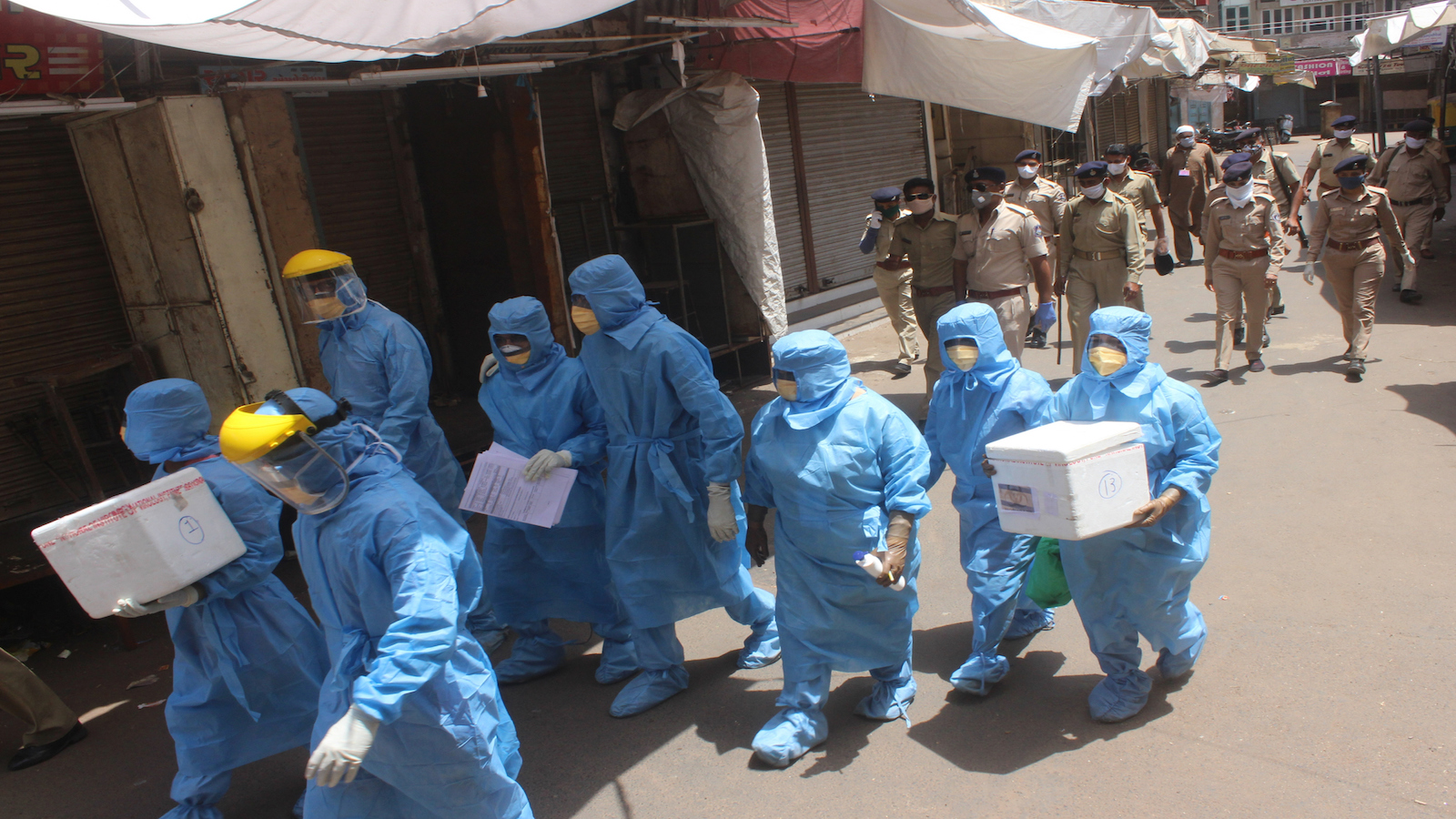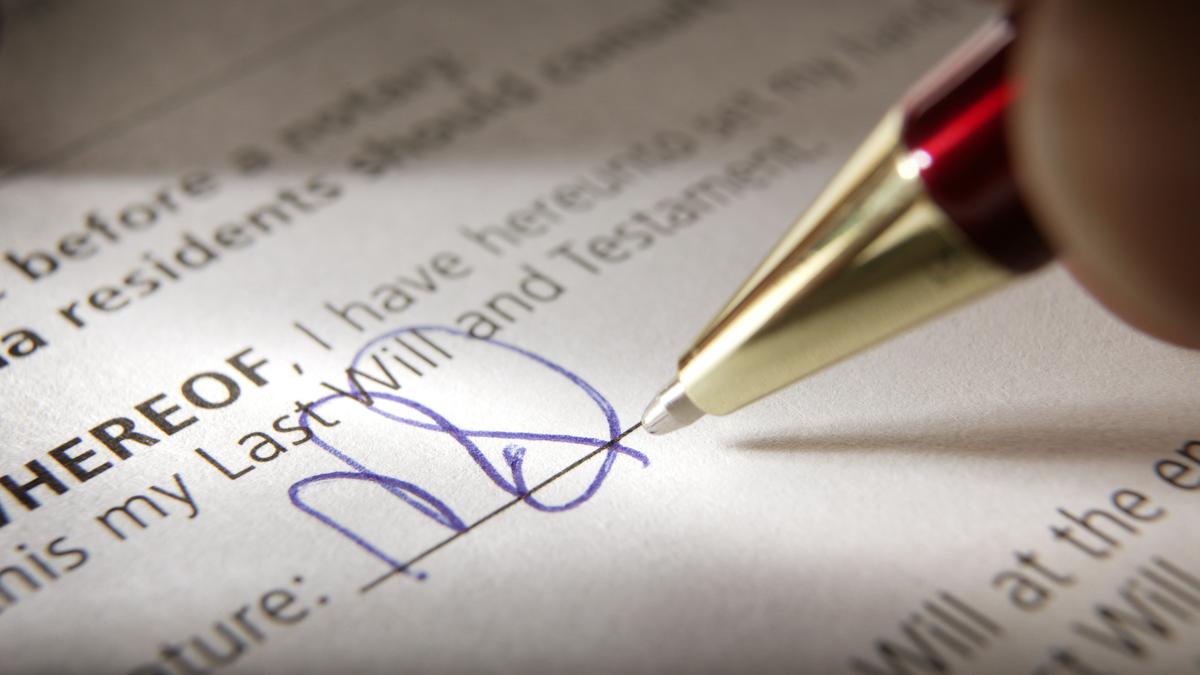
Drafting a Public Health Emergency Preparedness and Response Law
The need for a clear and decisive legal framework to manage a pandemic
Problem
Experts have, for the past decade and more, warned of the looming threat of what may be called an age of pandemics, owing in part to globalisation, urbanisation, and climate change. According to the World Health Organization, as of 2017, India had attained most core capacities under the International Health Regulations, 2005 in relation to public health emergencies (PHEs). Despite this, the COVID-19 pandemic appears to have caught India off-guard, prompting an ad-hoc response and stretching available legal provisions to authorise improvised executive action.
The laws employed in the ongoing crisis are the Epidemic Diseases Act, 1897 (EDA) and the Disaster Management Act, 2005 (DMA). Unfortunately, neither of these constitutes an effective legal framework for PHE preparedness and response. Although the EDA principally empowers states to take action necessary to contain an outbreak, some state regulations under the Act have ceded control by treating Central Government advisories as binding directions under the EDA. In turn, the Central Government, which, under the EDA, has powers restricted to the inspection and detention of vessels and passengers at ports, has relied on the DMA to issue directions that are much wider in scope, ranging from mass containment measures to price controls for testing in private laboratories. However, it is clear from the scheme of the DMA that it contemplates natural and man-made disasters and not disease outbreaks or PHEs.
In what is presumably an attempt to update the EDA, the Public Health (Prevention, Control and Management of Epidemics, Bio-terrorism and Disasters) Bill, 2017, also falls prey to the flawed approach of heavy-handed policing provisions, while failing to define the roles and functions of government, ensure the protection of patient rights, and institute swift and accessible dispute resolution processes.
An effective legal framework goes towards ensuring that PHE preparedness and response plans stand independent of political and economic fluctuations. The absence of a strong public health system and PHE legislation in India has resulted in extreme containment measures and coordination and communication failures, leading to large-scale displacement of migrant workers, inadequate supply of protective equipment to healthcare workers, misuse of police power, and patients absconding from isolation facilities.
The absence of a strong public health system and PHE legislation in India has resulted in extreme containment measures and coordination and communication failures.
Solution
A clear and decisive legal framework, delineating the rights and duties of various stakeholders needs to be put in place to facilitate an effective PHE response. Such a response ought to empower the government to manage the PHE, while safeguarding patient rights and reducing friction between the various organs and levels of state machinery.
Vidhi’s briefing book calls for a clear and decisive legal framework, delineating the rights and duties of various stakeholders needs to be put in place to facilitate an effective PHE response.
Implementation
- Enact a central Public Health Emergency Law that:
- Delineates the powers and functions of the various levels of government
- Establishes a clear PHE communication and command structure
- Defines and categorises PHEs and creates a mechanism to modify the PHE response accordingly
- Defines the scope and limits of governmental powers
- Safeguards the rights of individuals
- Empower states to create rules and PHE response plans appropriate to their needs
- Dedicate a component of the health budget for PHE preparedness.



